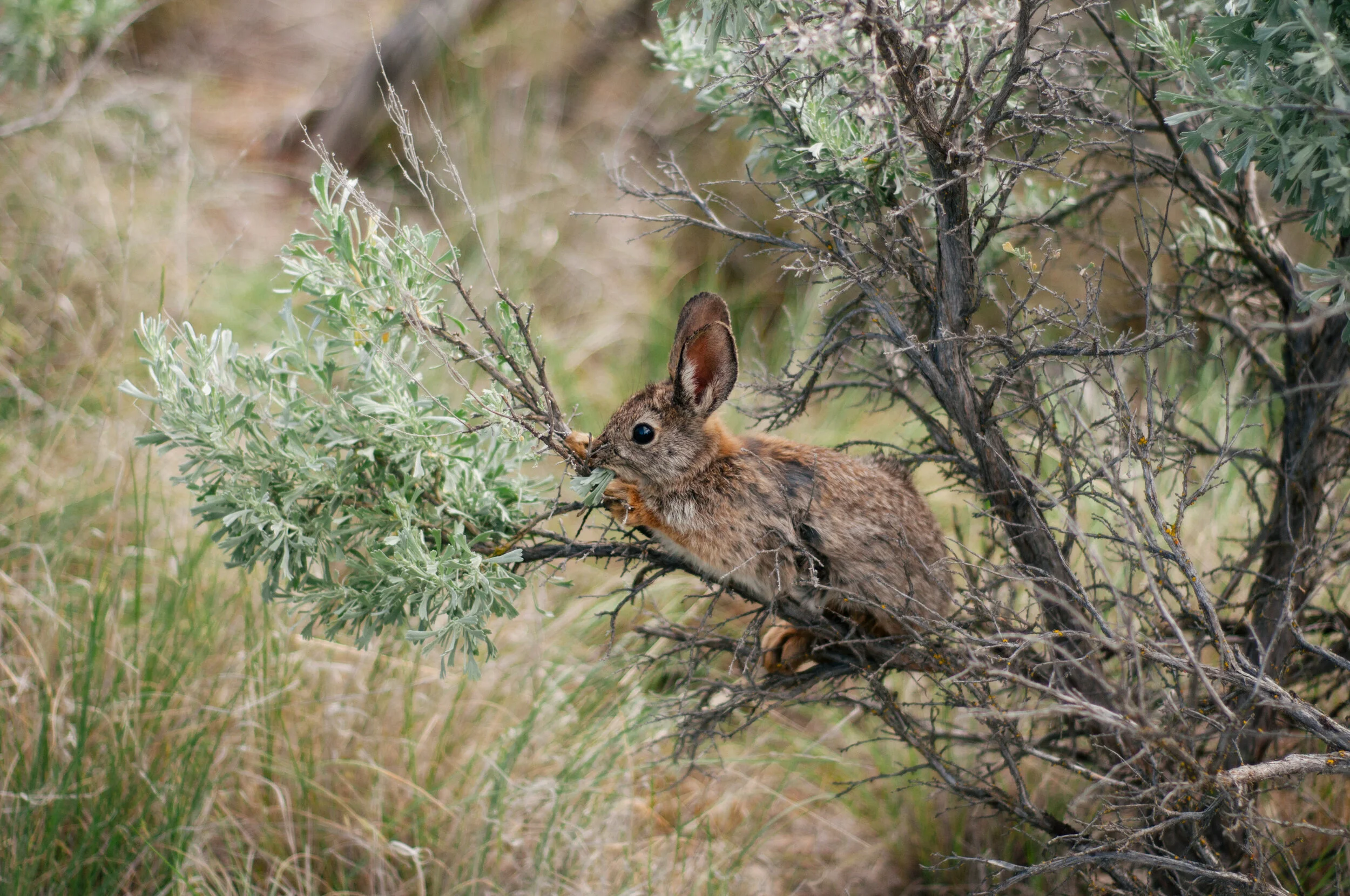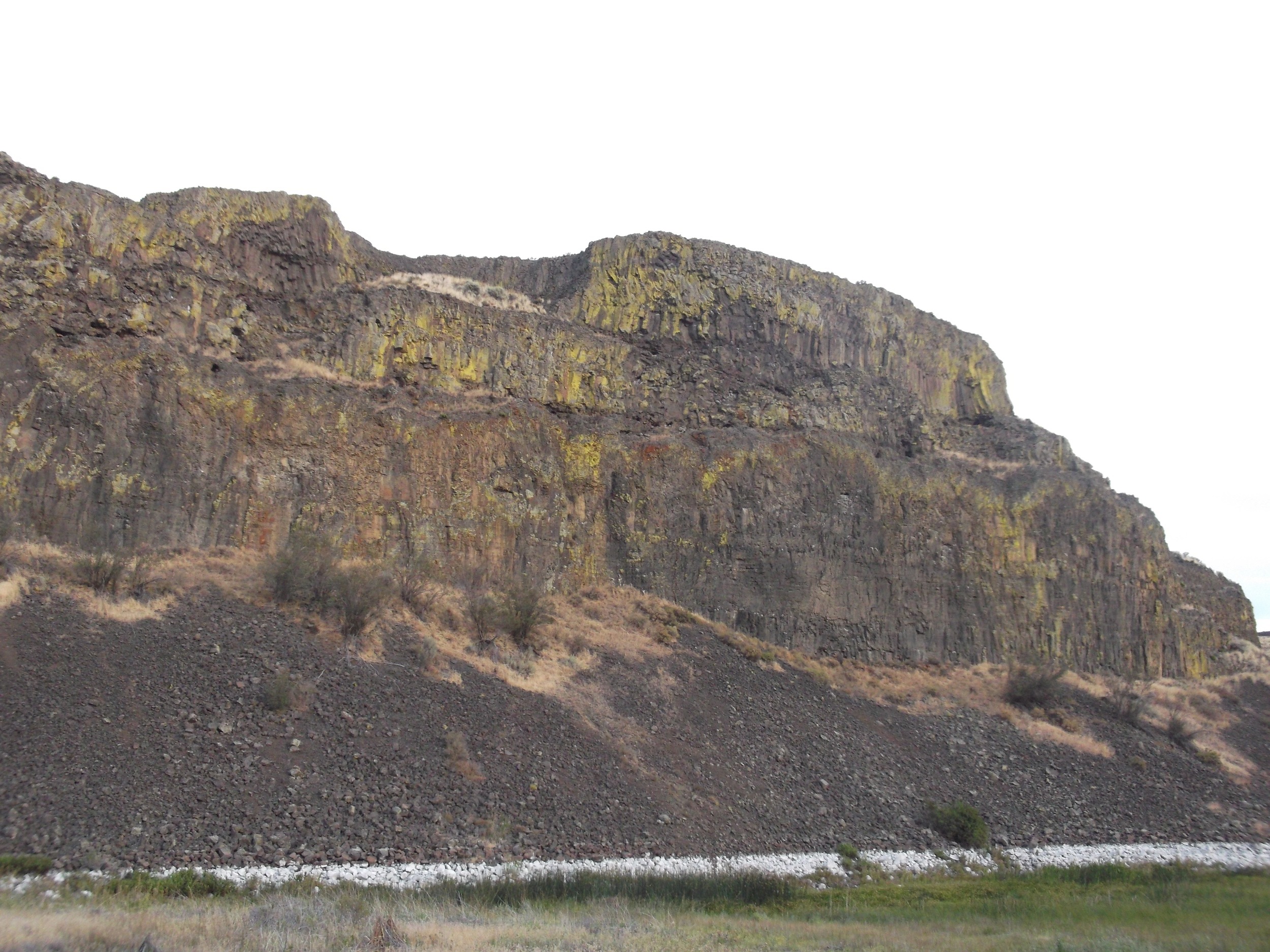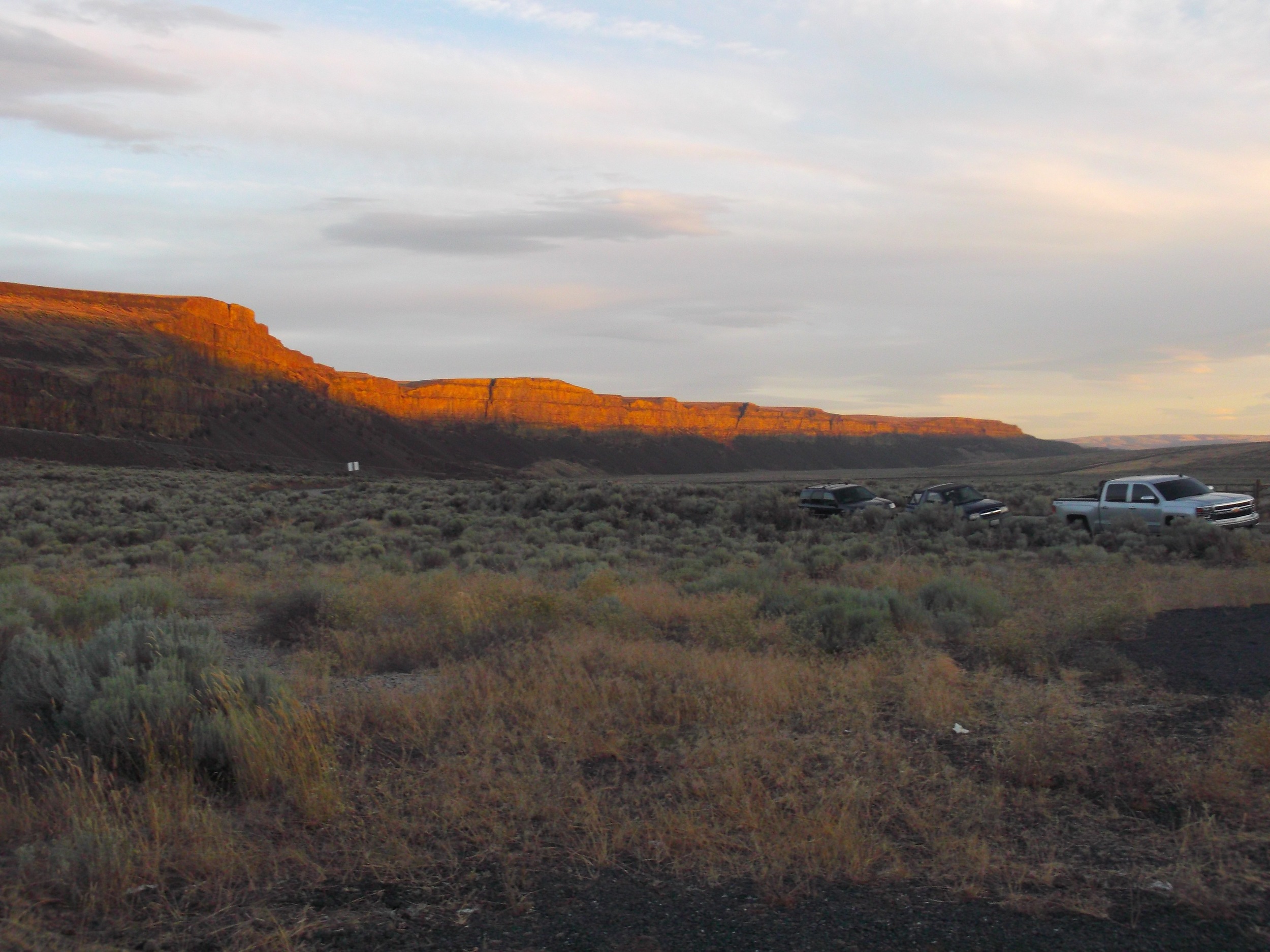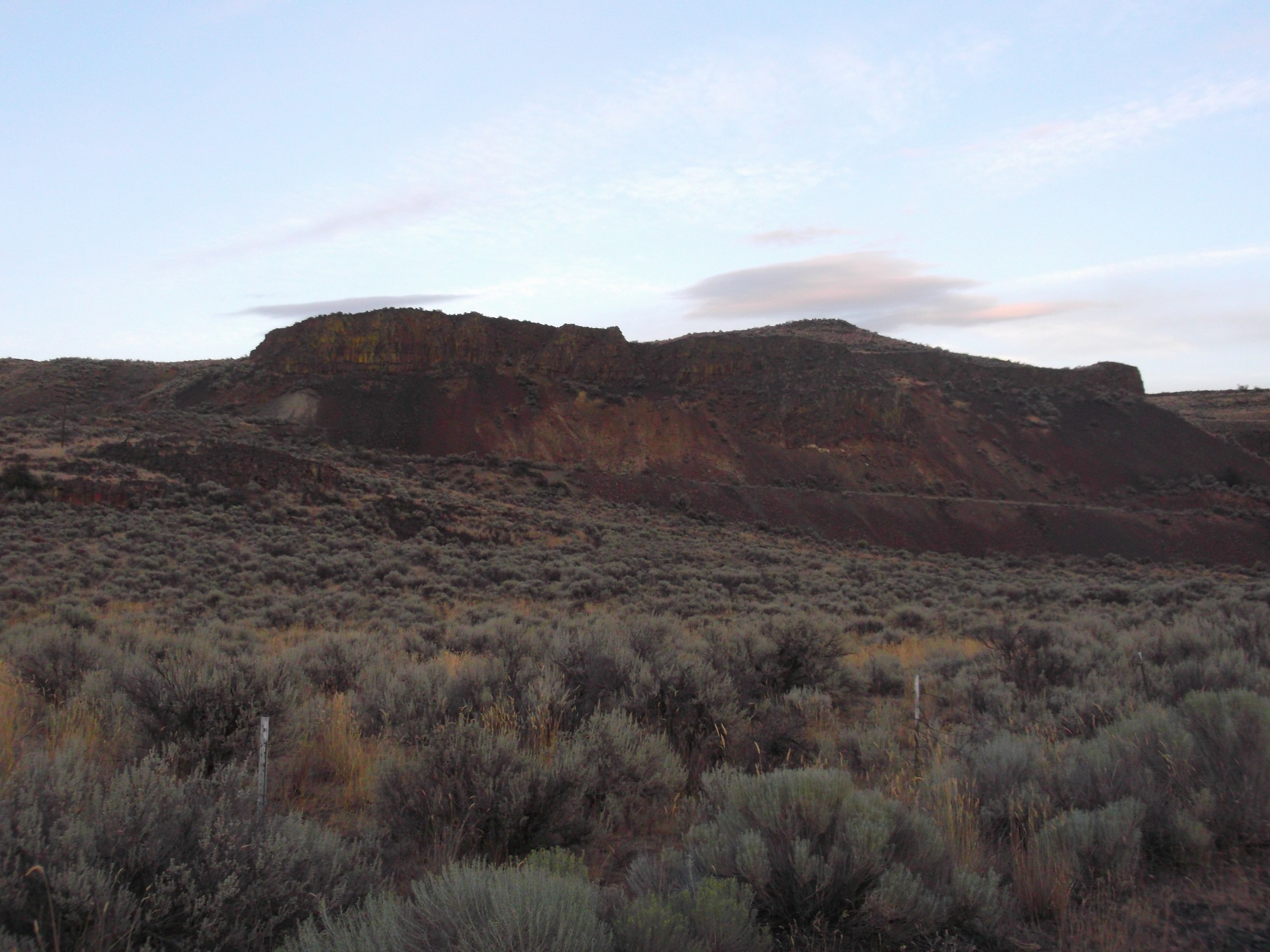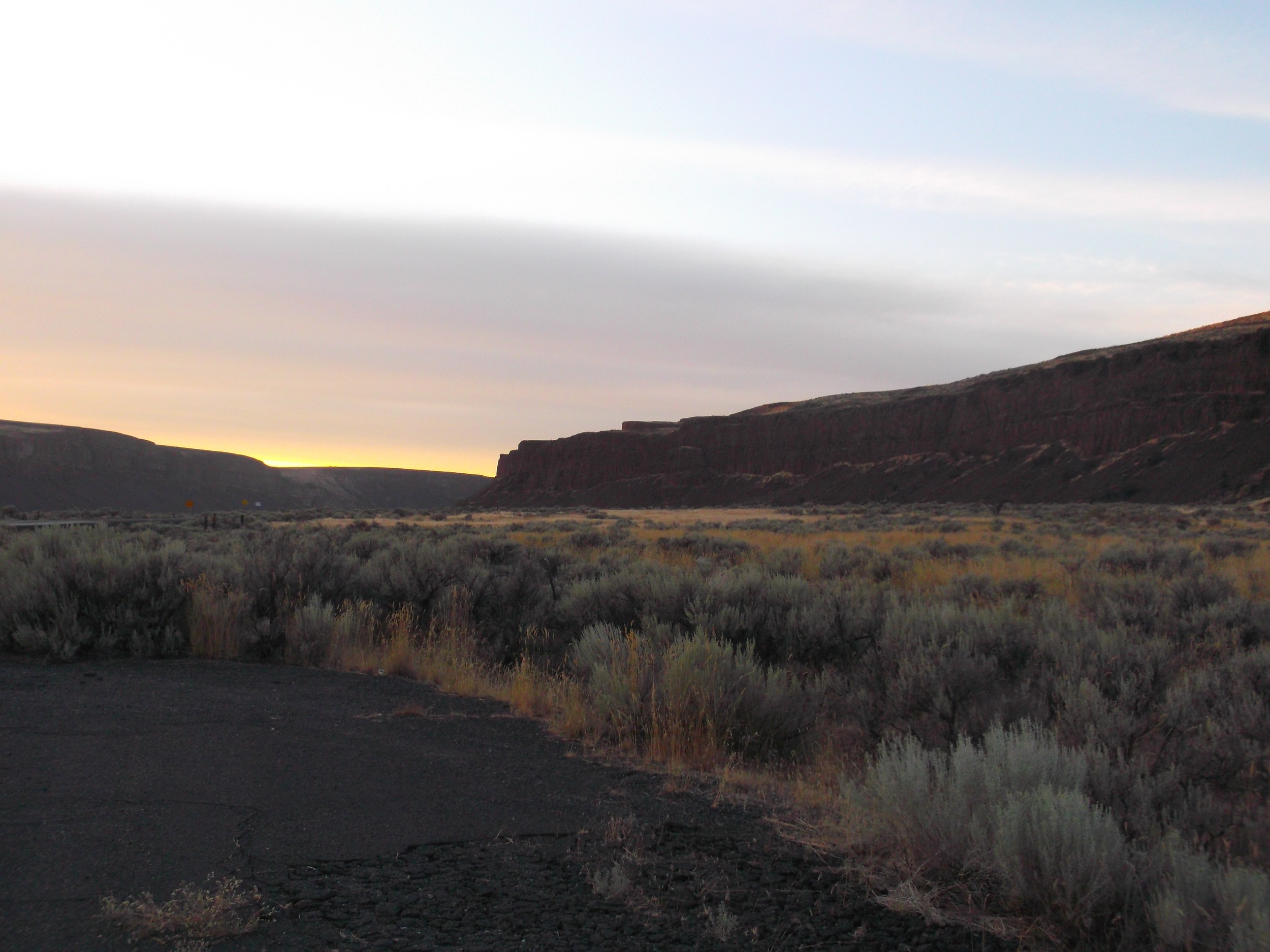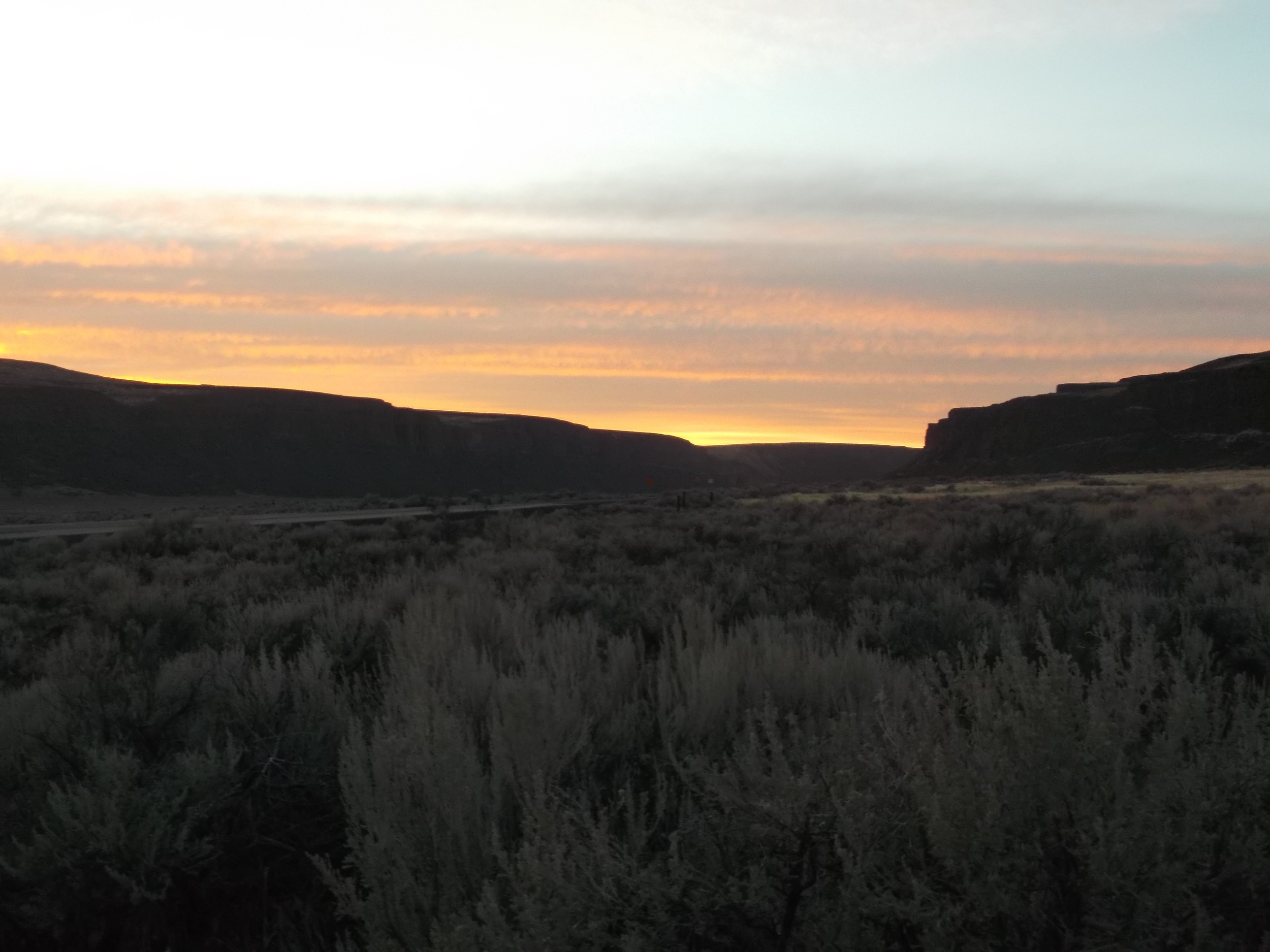A new gift of land to The Nature Conservancy, 282 acres near Quincy, will help secure a future for tiny endangered pygmy rabbits.
Legislative Halftime Report
Our spirits are high as we pass the halfway point in the 105-day Washington state legislative session. Many top priority policies have made it past the first major policy deadline, known as “House of Origin cutoff,” when bills introduced in the House must be approved by a House floor vote, and likewise in the Senate.
Shrub-steppe Fire Recovery & Resilience
Songs on the Shrubsteppe: The Birds of Moses Coulee
Shrub-steppe Explorations: Our Stewards bring the Coulee To You
By Lane Justus and Emily Crabill, AmeriCorps members serving TNC
Our most recent day working in the field was particularly bittersweet, as our mission for the day was to post temporary closure signs at all major access points of the preserves. Being that this is just the beginning of our service, we are especially sad to see the preserves close, but at the same time, we are truly grateful that The Nature Conservancy is taking serious and thoughtful action during the COVID-19 pandemic. While we both completely understand and support the fact that we must work to protect people just as we protect our lands, we were excited to get out there, observe new places and become more familiar with the preserves.
With only a couple days of Moses Coulee/Beezley Hills field experience under our belts, the preserves are still elusive to us. While receiving our field orientation, and later using ArcGIS to navigate the area to put up closure signs, we’ve gotten to see quite a bit of the preserves from the comfort of our vehicles. However, every time we learn something new about the landscape, we’re struck by how vast these preserves actually are.
Even though our time, thus far, hasn’t encompassed exploring the preserves as much as we would like, we remain totally amazed by the scenery at our lodge. We feel a little lucky to be quarantined in an environment that most others would dream of being in. We’d love to virtually share our front door excursions with you.
Wildflowers push through the rugged landscape at McCartney Creek in Central Washington. Photo by Emily Crabill.
Since beginning our AmeriCorps service about three weeks ago, we’ve seen temperatures drop to the mid 20s and several inches of snowfall, but in contrast, we’ve also experienced warmer temperatures, sunshine and high winds. When out in the field to post closure signs, conditions seemed to change by the hour. It was sunny one minute and then ominous clouds gloomed over us. We even experienced a dense snowfall that quickly turned to rain.
Because spring is arriving, we were on the lookout for wildflowers in bloom throughout the day. Near Cowboy Camp, we spotted woolly-pod locoweed and yellow bell, and at McCartney Creek Falls, we saw sagebrush buttercup nestled between the rocks, along with some desert parsley and woodland star. As the wet snow landed on top of the moss blanketing the soil crust, we stared in awe as the moss’ classic dark green color slowly shifted to that of a bright, vibrant green.
As the day came to its end, we headed back to our lodge. We continued up the driveway, and like always, we were quickly reminded of how fortunate we are to be able to enjoy all the nature that the preserves have to offer, from right outside our doorstep. With a small lake nearby, we are almost always able to hear and see our natural environment at work. Amongst the array of wildlife, we’ve been able to identify a couple of normal visitors: Say’s phoebes, red-winged blackbirds, California quails and American crows, to list a few. By day, the duck calls and bird songs are our working soundtrack, and by night we are reminded that we aren’t alone by the deep croaking of Pacific tree frogs.
Banner photo by Anna Snook
Moses Coulee Inspires Artists
Discover Washington's Shrublands
Shrub-steppe Brings Spring Surprises
Winging It: The 2015 Bat Count
Citizen science is critical to spotted bat monitoring in Eastern sagelands
Written and Photographed by Cailin Mackenzie, GLOBE Intern
Twenty-four committed volunteers gathered on July 25th to count bats at the Conservancy’s Moses Coulee preserve, home to the largest concentration of spotted bats in the state. Collecting this data not only furthers white nose syndrome research and treatment, but also informs wind turbine impacts on bat migration. Although the wind made hearing the bats’ distinctive clicking noises difficult, we enjoyed a meditative evening under the stars surrounded by the coulee’s unique shrub-steppe ecosystem.






